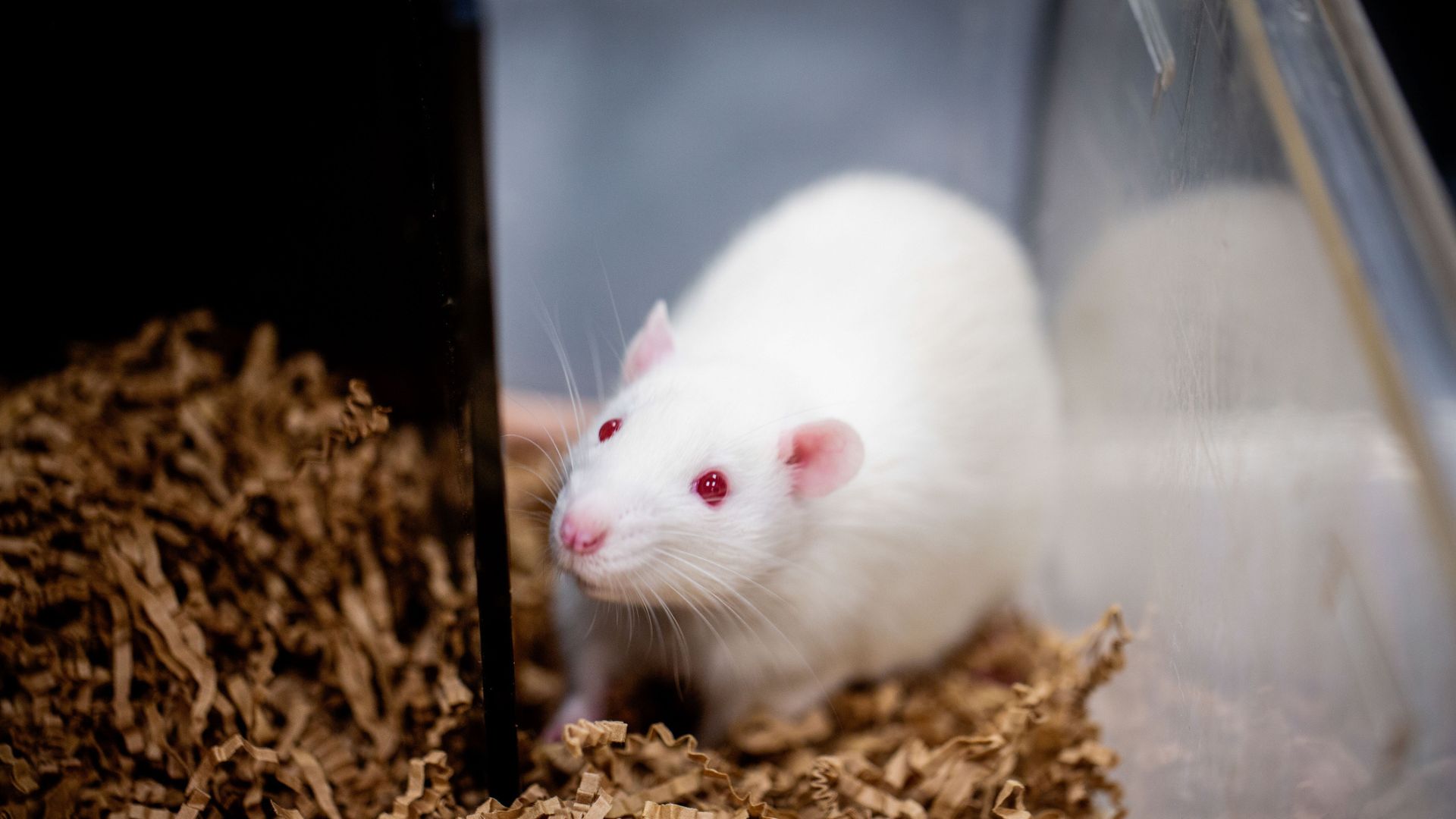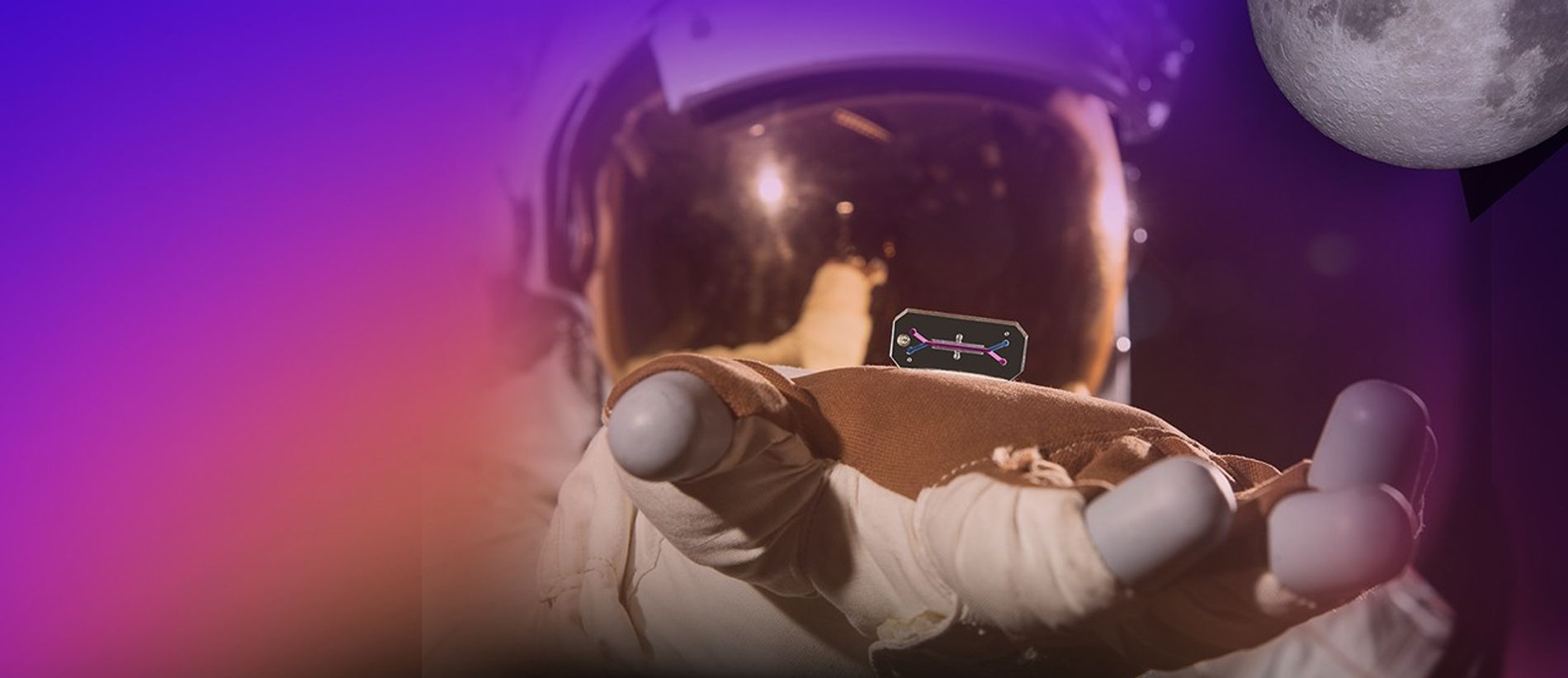When NASA’s Artemis II mission launches around the Moon next year, the four astronauts aboard won’t be the only ones making the journey. Riding alongside them will be their microscopic counterparts, living tissue samples sealed inside small…
Category: 7. Science
-

mRNA tech offers hope for male infertility, restores sperm production
A new mRNA approach successfully restored sperm production and led to the birth of viable offspring in a genetic mouse model.
The technique has been developed by the University of Osaka, Japan, in collaboration with Baylor College of…
Continue Reading
-

Astrophotographer Adds His Adorable Cat to Far Out Space Photos
Houston, we have an exposure. Photographer Andrew McCarthy got creative with his cat, Gregory, for a calendar. If there are two things people love, it’s adorable cats and awesome space photos. Therefore, it makes complete sense for…
Continue Reading
-

Quantum Science Information | AZoQuantum.com
Terms
While we only use edited and approved content for Azthena
answers, it may on occasions provide incorrect responses.
Please confirm any data provided with the related suppliers or
…Continue Reading
-

90% of science is lost. This new AI just found it
Most scientific data never reach their full potential to drive new discoveries.
Out of every 100 datasets produced, about 80 stay within the lab, 20 are shared but seldom reused, fewer than two meet FAIR standards, and only one typically leads to…
Continue Reading
-

90% of science is lost. This new AI just found it
Most scientific data never reach their full potential to drive new discoveries.
Out of every 100 datasets produced, about 80 stay within the lab, 20 are shared but seldom reused, fewer than two meet FAIR standards, and only one typically leads to…
Continue Reading
-
Just a moment…
Just a moment… This request seems a bit unusual, so we need to confirm that you’re human. Please press and hold the button until it turns completely green. Thank you for your cooperation!
Continue Reading
-

Driving innovation in lunar water purification technology
Learn about how the UK Space Agency’s International Bilateral Fund (IBF) supported the UK-Canada Aqualunar Challenge to promote advancements in lunar water purification technology
Later this decade, humans are expected to set foot on the Moon…
Continue Reading
-

Two Black Holes Locked in a Death Spiral Imaged in Stunning First : ScienceAlert
The complex dance of two black holes locked in a doomed orbit has been revealed in a first-of-its-kind direct radio image.
It’s the first time astronomers have directly imaged the distinct jets of both black holes in a known binary –…
Continue Reading
-

Hidden ‘doomed’ star revealed by James Webb Space Telescope could solve decades-old mystery
The James Webb Space Telescope (JWST) has revealed a hidden “doomed” star that could help solve a giant astrophysical mystery.
The star is a massive red supergiant, which JWST snapped just before the star exploded in a fiery supernova. Massive…
Continue Reading
